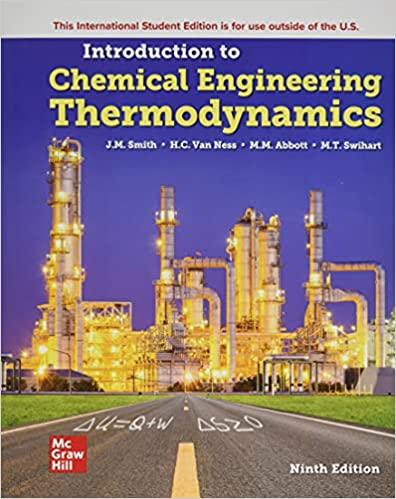Answered step by step
Verified Expert Solution
Question
1 Approved Answer
1. assume the oil is non-volatile, pls determine the operating line and equilibrium line required to reduce the hydrocarbon concentration to 0.05 mol%. Plot both
1. assume the oil is non-volatile, pls determine the operating line and equilibrium line required to reduce the hydrocarbon concentration to 0.05 mol%. Plot both lines and attach the plotted graph to the answer script.
can you help me asap tq

2. Differentiate between the Linear, Langmuir, and Freundlich isotherms in the adsorption process using a sketch diagram.
can you help me asap tq
Step by Step Solution
There are 3 Steps involved in it
Step: 1

Get Instant Access to Expert-Tailored Solutions
See step-by-step solutions with expert insights and AI powered tools for academic success
Step: 2

Step: 3

Ace Your Homework with AI
Get the answers you need in no time with our AI-driven, step-by-step assistance
Get Started


